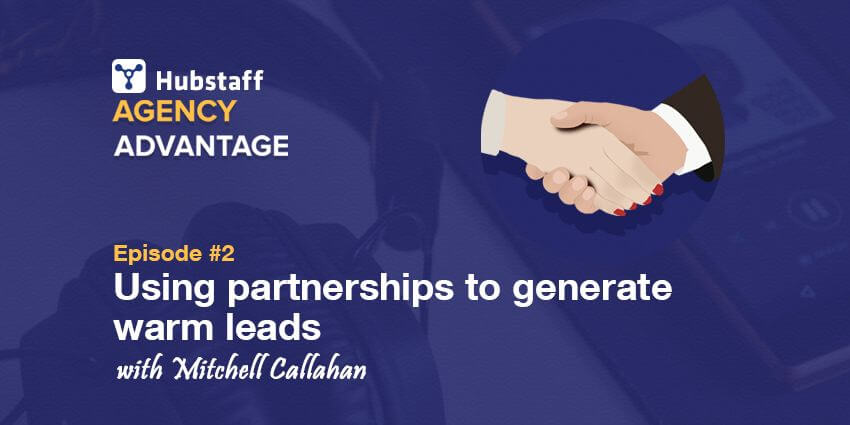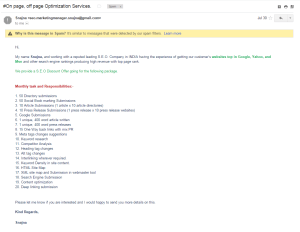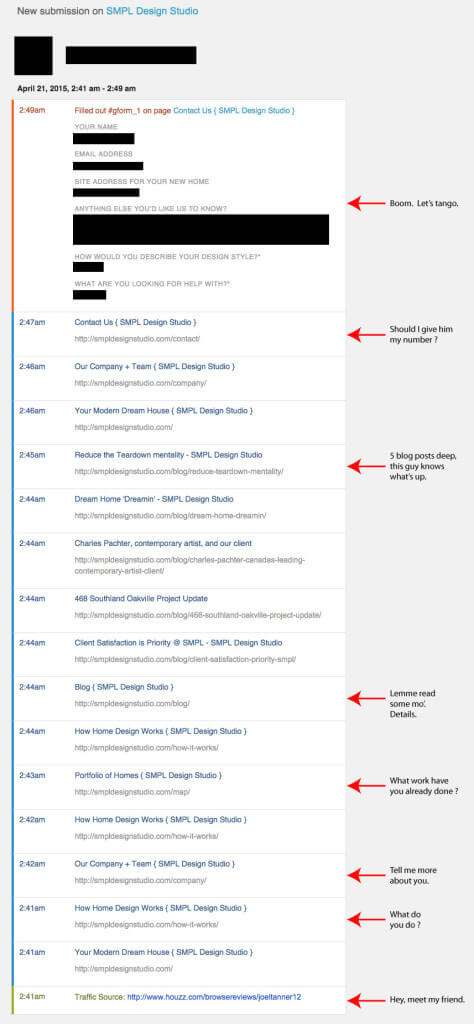Stop asking me for login information!
04 Jun
2015-06-04T02:45:36-04:00
We get some customers who say, “Hey, I (or sometimes, their cheap Team B web developers) would like to make some changes to the website. Can you give me the login information?”
Previously, I’d say, “Sure, it’s yours after all!” (When in fact it isn’t: I’ll explain issues of ownership later.) I’d think, “Freedom to the people!” and hand it over.
For your own sanity, don’t ever do this. Inevitably, the following day, pages of content we had strategically placed would be gone, to be replaced with, “blah, blah, blah.” I’d guess they were “just testing things out.” Thank God we keep a disgusting amount of backups. This causes more problems than you might imagine:
Problem 1: The site looks like crap.
This stuff is in our portfolio, so stop making us look bad. We give you art – you poo on it. Rlly.
Problem 2: Your search engine ranking will suffer.
We don’t just place stuff here and there: we’re strategic about it. If you start toying with your content, just watch your search engine rankings and impressions go down. Trust me. If you don’t, go try it yourself. (I’ll just revert to an older copy anyway.)
Problem 3: Only n00bs edit on live environments.
This is a tough one for some people to grasp, as they have no clue how software development works in the real world. Let me tell you how it works: we have two servers: a live server (the website) and a staging server (where we make changes before putting them on the live site). You never edit on the live site because if it goes down, you can be shit out of luck. Nobody cares if it’s the staging server, in fact, you rejoice. That’s how things are done. No ifs, ands, or buts.
Problem 4: We can’t manage your code.
We have a system for managing code: it’s called Git. If you edit the live site, our Git repository doesn’t sync properly (and it’s a pain in the ass to fix). When code is edited… ok, I’m gonna stop here as this explanation is overly technical. However, in summary: any developer worth their salt knows this, and it’s how everyone builds.
Back to the issue of ownership. Imagine you’re a contractor building a house, and you need to add a fridge and a stove. You’re not going to make those from scratch. You buy them from Samsung or whomever. The reason being, it’s easier and more cost effective. So, when I’m building you a website, I reuse elements from other sites. It’s quicker and it saves you money. (If you don’t like this concept, you’ll have to pay for it.) To accomplish this, we issue an ongoing, royalty-free license of our work for you to use. You can do as you wish with it, but you do not own it. Kk.
Solution
So what happens if you don’t own anything? If you want to edit things, we approve the changes. Cool? As easy as that sounds, I still have to give Team B staging access and Git access. Most of them only get as far as staging – but hey, that’s still a win. 😉


